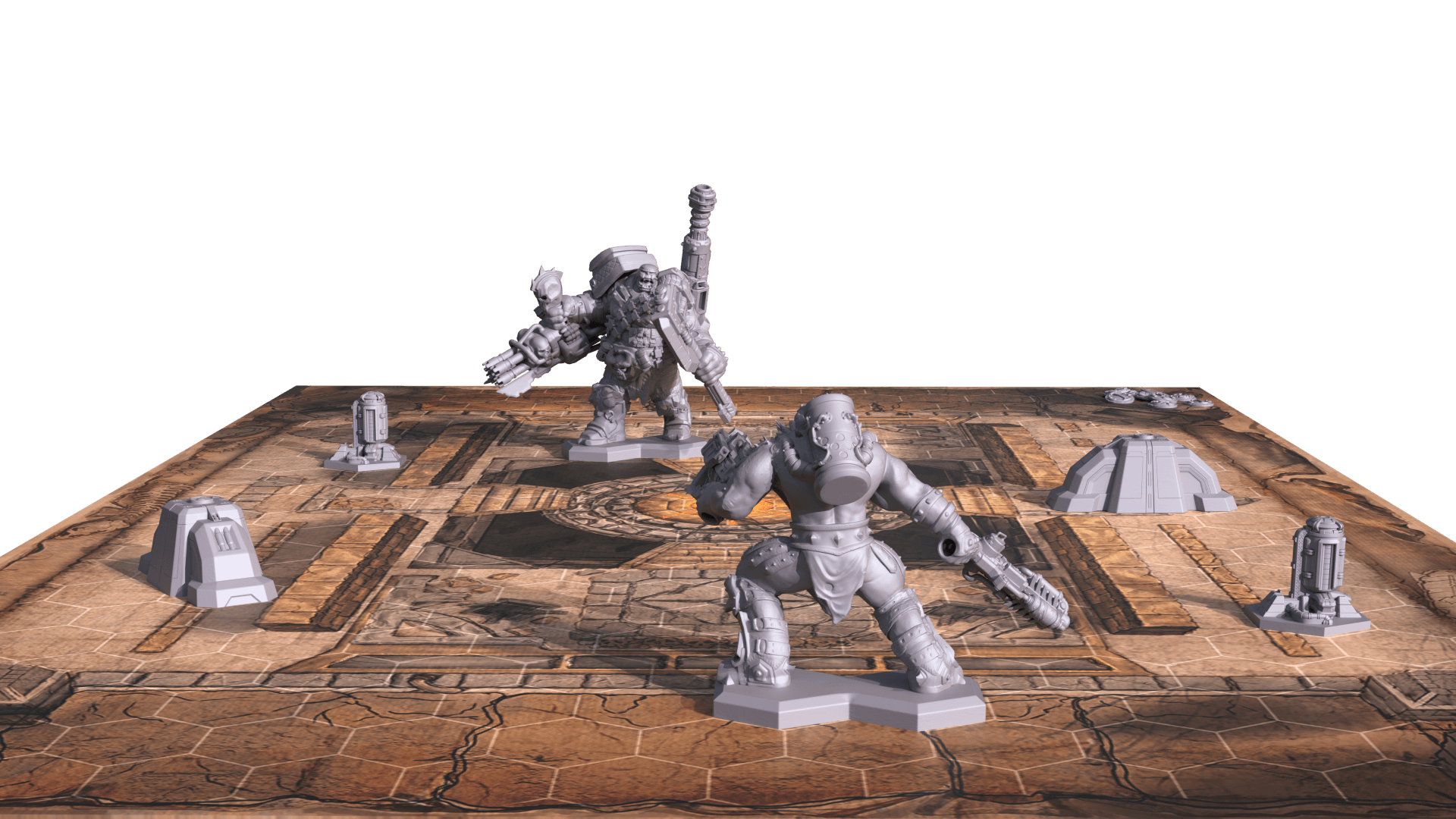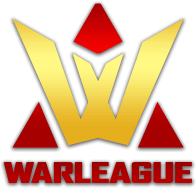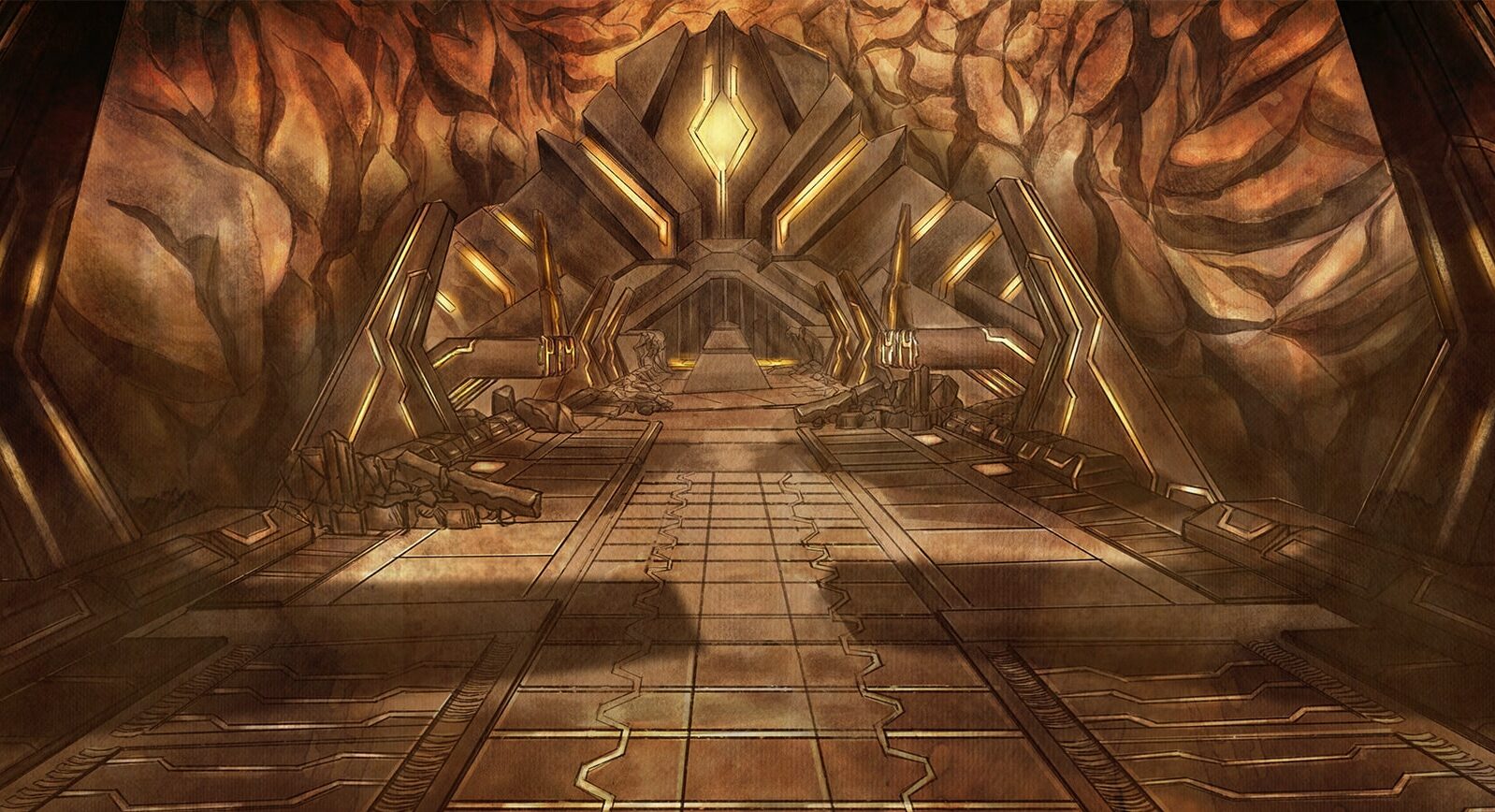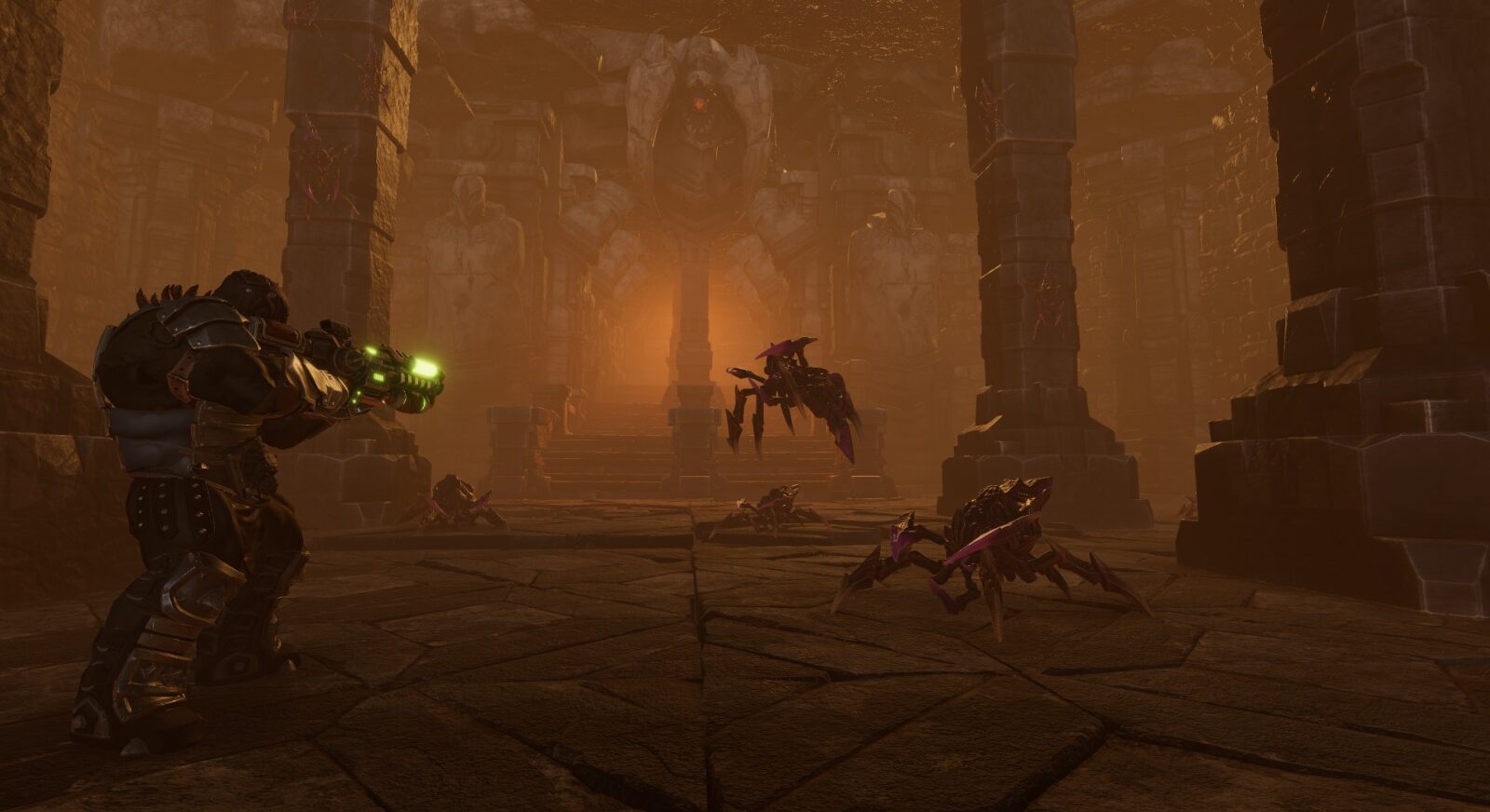From Concept to Tabletop
The Art of Crafting a Board Game
In a world dominated by digital entertainment, the allure of board games remains steadfast. These tangible creations bring people together around a table, fostering social interactions, strategic thinking, and endless fun. In this blog post, we’ll explore the fascinating journey of how a game company creates a board game, unraveling the step-by-step process that transforms ideas into a captivating tabletop experience.
Conceptualization and Ideation
The journey of crafting a board game begins with a spark of creativity. Game designers and enthusiasts brainstorm ideas for game concepts, mechanics, and themes. This phase involves exploring diverse themes, mechanics, and the unique experiences they can offer players.

Game Mechanics and Rules Design
Once the concept takes shape, designers delve into defining the game’s mechanics, rules, and objectives. This step involves mapping out how players will interact with the game components, take turns, and achieve victory. The rules must strike a balance between complexity and accessibility, ensuring that players can easily grasp the mechanics while still being challenged.
Prototype Creation
With the mechanics and rules in place, designers create a basic prototype of the game. This often involves using makeshift components such as cards, dice, tokens, and even hand-drawn boards. Prototyping allows designers to test the mechanics in action, identify potential issues, and iterate on the gameplay.

Playtesting and Iteration
Playtesting is a cornerstone of board game creation. Game designers gather friends, colleagues, or dedicated playtesters to try out the prototype. Feedback from playtest sessions is invaluable, helping designers refine mechanics, adjust balance, and address any issues that arise. Iterative playtesting ensures that the game is engaging, balanced, and enjoyable.
Art and Graphic Design
Visual aesthetics are crucial in creating an engaging board game. Artists and graphic designers craft the visual elements of the game, including illustrations, game boards, cards, and components. The art style should complement the game’s theme and enhance the overall experience.






